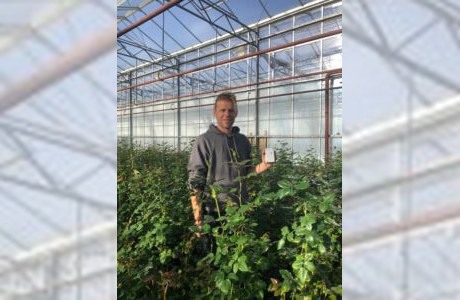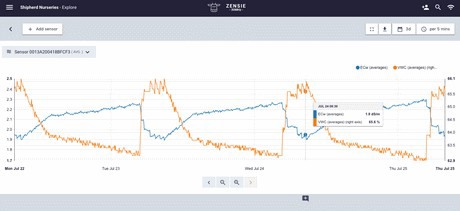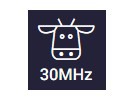Shipherd Nurseries is a cut flower nursery specializing in roses and gerberas located in Pukekohe, New Zealand. The family-run business has been around for over 30 years and consists of over 19,000 square meters, where roughly 50 different varieties are grown.
Frans van Dorsser has been the owner and operator of Shipherd for 12 years. “The most rewarding part of growing cut flowers is doing it just right. It isn’t easy, because there are many things you need to consider, such as pest control. Overwatering is harmful to both the root and flower, and knowing when and how to irrigate as well as how to optimize this process is key in growing the best quality product possible.”

Because the cut flower industry in New Zealand is under such pressure, it has become essential for growers like Van Dorsser to have as little product loss as possible during the production process. Simultaneously they have to optimize the use of precious resources such as water and fertilizer. By gaining more insight into the microclimate circumstances of the flowers, Shipherd gains more control. That is why Van Dorsser started digitizing a couple of the climate variables that influence roses, amaryllis, and gerberas. By making use of soil moisture sensors during the growing season, Shipherd acquired real-time (i.e., every 60 seconds) insights in the EC of the substrates, the moisture content, and soil temperature.

These insights proved very successful. Based on the information provided by the 30MHz sensors, the irrigation strategy was changed drastically. Van Dorsser, mainly due to the measurements of the moisture content in the substrate mats, was able to determine the optimal time to stop the irrigation.
Van Dorsser: “Because the 30MHz sensors are wireless and can produce good quality results in real-time, I can easily move them throughout the greenhouse to places where I suspect they are needed. The software is very user-friendly and provides me with a clear indication of what I need to do. The relatively small investment I already got back tenfold, both financially and in terms of grower confidence.”
30MHz
Moezelhavenweg 9
1043AM Amsterdam
Netherlands
+31 (0) 6 14551362
[email protected]
www.30mhz.com
